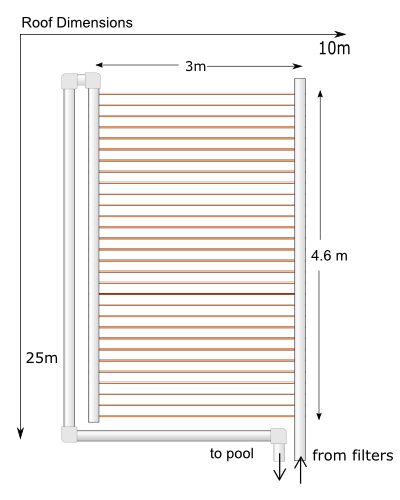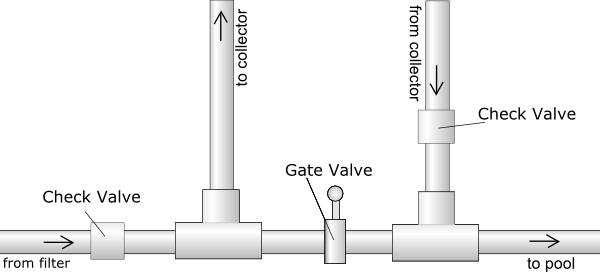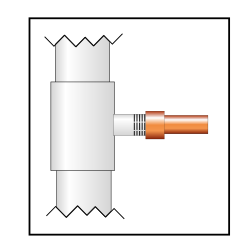Background
Parras de la Fuente
Parras de la Fuente is a desert oasis town of about 44,000 residents located in the south of the Mexican state of Coahuila. Along with textile manufacturing, tourism is one of the main industries in Parras. Tourism has become increasingly emphasized after Parras's designation as the "primer pueblo mágico del Norte de México." Parras is warm in the summer, and cooler in the winter, but temperatures rarely fall below freezing, snow falls once every several years.
- Elevation
- 1,505 m
- Longitude
- 102°11'W
- Latitude
- 25o30’ N
Hotel Perote
Hotel Perote, or Antiqua Hacienda de Perote, is a hotel, restaurant, 500 acre nuez ranch (the nuez is a nut similar to the pecan) and vineyard, and winery. It is located on the western-most edge of Parras. According to Igancio (Nacho) Chacon, Perote's owner, Perote's hotel business has been growing rapidly, and in 2006, the hotel was adding rooms to meet demand.
Contacting Hotel Perote
- Visit Hotel Perote's in-town office, near UTC Parras
- Ramos Arizpe # 131 Col. Centro C.P. 27980
- Parras de la Fuente, Coahuila
- Call the Hotel Perote in-town office (see Phone Calls section of Parras Handbook)
- (842) 422 1698
- Fax
- (842) 422 0698
- Call Lic. Ignacio Chacon's (owner's) mobile phone
- Email Aaron Antrim to get this phone number
- Website
- Antiqua Hacienda de Perote
Visiting Hotel Perote
Go a few kilometers west on Calle Madero, the street in front of UTC Parras, passing turns for Estanque de la Luz and La Illusion. Consult this map from the Hotel Perote website for additional directions. A cab to Perote from UTC will cost 50 pesos. See the Taxis section of the Parras Handbook for more information.
2005 History
Parras Program students Heather Kuoppamaki and Rowan Steele built a rooftop solar hot water system for Hotel Perote in the summer of 2005. Intended as prototype for a larger system to heat a spring-fed swimming pool (alberca), then being constructed, the system was sized to provide heated water for a single hotel bathroom. For more information on the 2005 system, Heather and Rowan's final document for their system. The 2005 system is no longer located at Perote, and has been moved to the residence of someone afiliated with the local city government. For more on the whereabouts of this system, contact Ignacio Chacon.
2006 Alberca Heating System Design Proposal
Facts
Currently, two pool pumps circulate water through a sand filtration system. The roof of the building on which the solar system will be installed has a height of 26 feet. While the space available on the roof has not been measured from the rooftop, the interior area beneath the roof has been used to estimate the space available for the solar collector. The interior area dimensions are 77 ft by 31 feet. Igancio has requested that the pool be kept at 28 degrees centigrade from October to March.
• Pool surface area
(11.2 by 6.7 meters)+(1.82*pi) = 85 square meters
• Pool volume
The total volume of the pool is approx 112 cubic meters, or 112,000 liters.
Predicted temperature change in pool
T = (Vc/Fc)(Qp/mc)/(mtsw)
T = change in temperature Vc = volume of collector Fc = flow in collector Qp = heat transfer in pipe (from test) mc = mass of water which passes through collector mt = total mass of water sw = specific heat of water
Qp = mswT
Qp = heat transfer in pipe (from test) m = mass of water in pipe sw = specific heat of water T = change in temperature
Solar system plumbing
The filters have pumps in them already, which will provide sufficient force to carry the water up to the roof.
System design
In order to increase ease of testing, the system will include a spigot for obtaining water temperature readings at a point after the water has passed through the collector. A thermometer will also be installed in the pool to take temperature readings there.

The system will have a collector consisting of thirty runs of half inch copper pipe, each three meters in length. One and a half inch schedule forty PVC pipes will carry the water to and from the roof. The lengths of half inch copper pipe will be connected to the one and a half inch PVC pipe by tees.
The collector will be connected after the filters and installed on the roof.

